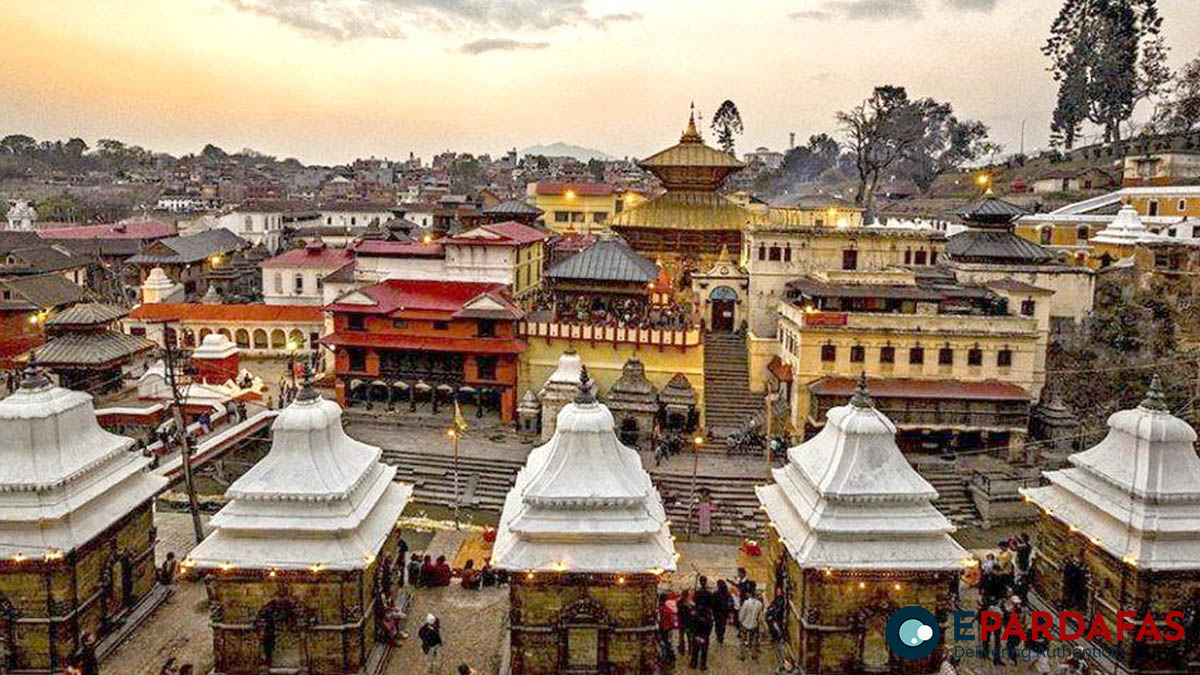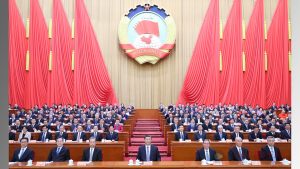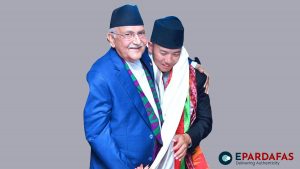
Shaping Nepal’s Destiny: The Grand Vision of Shri Pashupati Hindu University

Nepal, nestled in the heart of the Himalayas, boasts a rich tapestry of histories, from the Malla era to the Shah era. Yet, a comprehensive narrative that unites the Mechi in the east with Mahakali in the west has been elusive. Over half a century ago, renowned historian Surya Vikram Gyawali emphasized the urgent need for a historical connection among Nepalis. Today, as the proposed Shri Pashupati Hindu University takes center stage, it is an opportune moment to delve into the intricate details of this visionary endeavor, exploring its historical context, academic significance, and potential impact on Nepal’s global standing.
The Echoes of Gyawali’s Wisdom: A Historical Perspective
In the annals of Nepal’s history, Gyawali’s words continue to reverberate, transcending time and echoing the imperative of uniting the diverse threads of the nation’s past. His communication with Kedar Man Vyathit, delivered over five decades ago upon the latter’s appointment as the Chancellor of Nepal Rajkiya Pragya Pratishthan, serves as a poignant reminder of the historical fragmentation that exists within the nation. Even after the political upheavals of 17 years ago, when the Royal Nepal Academy metamorphosed into Nepal Prajna Pratishthan, Gyawali’s call for historical unity remains relevant.
From ‘Vichar-patra’ to MPhil Dissertations: Gyawali’s Legacy Lives On
The echoes of Gyawali’s wisdom are not confined to the corridors of historical discourse alone. Recent discussions at a program organized by the Pashupati Area Development Trust, aimed at garnering insights for the establishment of Shri Pashupati Hindu University, brought Gyawali’s communication with Vyathit into focus. This dialogue has found a place in the ‘Vichar-patra’ of a committee dedicated to preparing for the university’s establishment. Furthermore, a journalist’s recently completed MPhil dissertation explores the historical significance of Gyawali’s words, taking a unique perspective inspired by the communication theory of Canadian scholar Professor Harold A Innis.
Theoretical Underpinnings: Harold A Innis’s Communication Theory
Professor Harold A Innis’s communication theory, particularly expounded in ‘The Bias of Communication’ and ‘Time-Biased Communication,’ provides a unique lens through which to view the establishment of Shri Pashupati Hindu University. Innis posits that the identity of a nation is intricately linked to its cultural heritages and civilizations. In this context, the proposed university holds the promise of not only educating future generations but also becoming a beacon that illuminates Nepal’s rich cultural tapestry on the global stage.
Pashupatinath Temple: A Cultural Beacon on the Global Stage
The significance of Shri Pashupati Hindu University is underscored by the prominence of Pashupatinath Temple, a UNESCO world heritage site. This sacred edifice stands as a testament to Nepal’s rich religious, cultural, and spiritual heritage. If the university, supported by the government and stakeholders, attains eminence among similar institutions globally, it could serve as a cultural ambassador, enhancing Nepal’s image and influence.
Stephen R Covey’s Wisdom: Applying Knowledge for Meaningful Outcomes
The words of author Stephen R Covey resonate within the context of the proposed university: “What you do with what you know is far more important than what you know.” The establishment of Shri Pashupati Hindu University aligns with this principle, representing a tangible effort to utilize Nepal’s cultural wealth for its advancement. While individual research efforts may seem like drops in the vast ocean of Pashupatinath, the cumulative impact of numerous contributions holds profound significance.
Children’s Literature Institute: A Pledge Yet Unfulfilled
In the midst of these positive developments, it is crucial to acknowledge unfulfilled promises, such as the commitment to accelerate the establishment of a Children’s Literature Institute in Nepal. Despite high-level assurances, progress has been sluggish, with the concerned ministry yet to take substantive action. This serves as a stark reminder that promises must be honored, and initiatives require proactive support to materialize.
Governmental Support: A Glimmer of Hope
The success of Shri Pashupati Hindu University hinges on active governmental involvement, a fact emphasized by the President’s engagement and the Culture Minister’s supportive remarks. The proposed university, if it materializes and establishes itself as a reputed institution, may not even require extensive government funding in the long run. With the potential to draw students from far and wide, the university could become a self-sustaining institution, contributing significantly to Nepal’s educational landscape.
A Call to Action: Transforming Vision into Reality
As Nepal stands on the precipice of shaping its future through education and cultural enrichment, the onus is on the government and stakeholders to transform the visionary plan of Shri Pashupati Hindu University into reality. This institution has the potential to be a catalyst for positive change, not only in the academic sphere but also in fostering national unity and garnering global recognition.
Conclusion: Crafting a Legacy Beyond Time
In conclusion, the establishment of Shri Pashupati Hindu University emerges as a pivotal chapter in Nepal’s history. It encapsulates the vision of connecting the Nepalis with their roots, as envisioned by Gyawali over half a century ago. Grounded in Innis’s communication theory, the university represents an opportunity to shape Nepal’s identity on the global stage, leveraging its rich cultural heritage. As the government and stakeholders navigate the path towards its establishment, they carry the responsibility of crafting a legacy that transcends time and resonates with the historical soul of Nepal. The world watches with anticipation as Nepal endeavors to build an institution that not only imparts knowledge but also becomes a beacon of cultural enlightenment for generations to come.














Comments